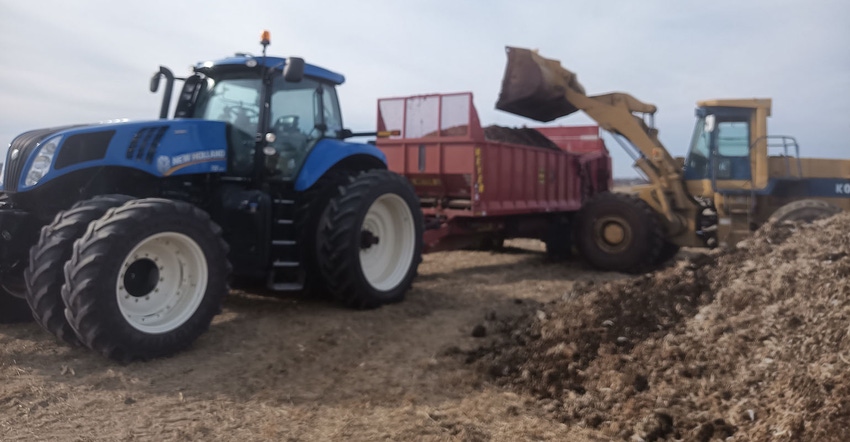November 6, 2020

We’re done!
Even though it seems like the season was long, completing harvest the first week of November is a good thing. Even better, we didn’t have to make the final push with a storm nipping at our heels (that’s how it feels most years). It’s a nice change of pace to sleep in a little, take more than three minutes to eat a meal, and just not feel so rushed to keep everything going.
I haven’t had time to review any yields yet. But since everyone always wants to know, here is my synopsis: Dryland soybeans were better than expected, but were 10% to 20% below historical averages. Dryland corn was better, but many fields were probably 5-15% below historical averages.
Most irrigated soybeans were nothing special, let’s call them average. We had some fields of irrigated corn that were pretty good, and some that were average. We’ll call that group +10%.
All in all, we won’t complain. Yields could have been better, but it could have been a lot worse considering the drought we are in. Rivers and ditches remain very low. On one of our farms, I can walk down the center of the ditch and not even get muddy shoes.
Through the course of harvest, we had two weeks of slow harvest due to weather. Weather delays are a normal part of harvest. The weather down the home stretch has been great though. Many farms have recently finished or are close to finishing.
Our tillage guy was out for a couple of weeks with the virus, but for several days coincided with harvest delays, so he didn’t fall too far behind. Now that harvest is over, we have re-allocated some tractors and labor to tillage. We will have tillage knocked out in short order as well! It is rare to get everything done that we want to do before the weather changes.
Replenish fertilizer supplies
We didn’t have time to accept any chicken litter into our storage buildings this summer, but we are cleaning out the last of the local egg farm barns tomorrow. It will be hauled directly to the field and spread immediately. We will only end up with about 400-450 tons, which is about a quarter of what we usually spread. It’s a bit of a disappointment, but with our changes in labor force this year, it is all we could do.
Next week, and until the weather turns, we will do some drainage work. After that, we’ll be locked in the office for paperwork.
The opinions of the author are not necessarily those of Farm Futures or Farm Progress.
About the Author(s)
You May Also Like






